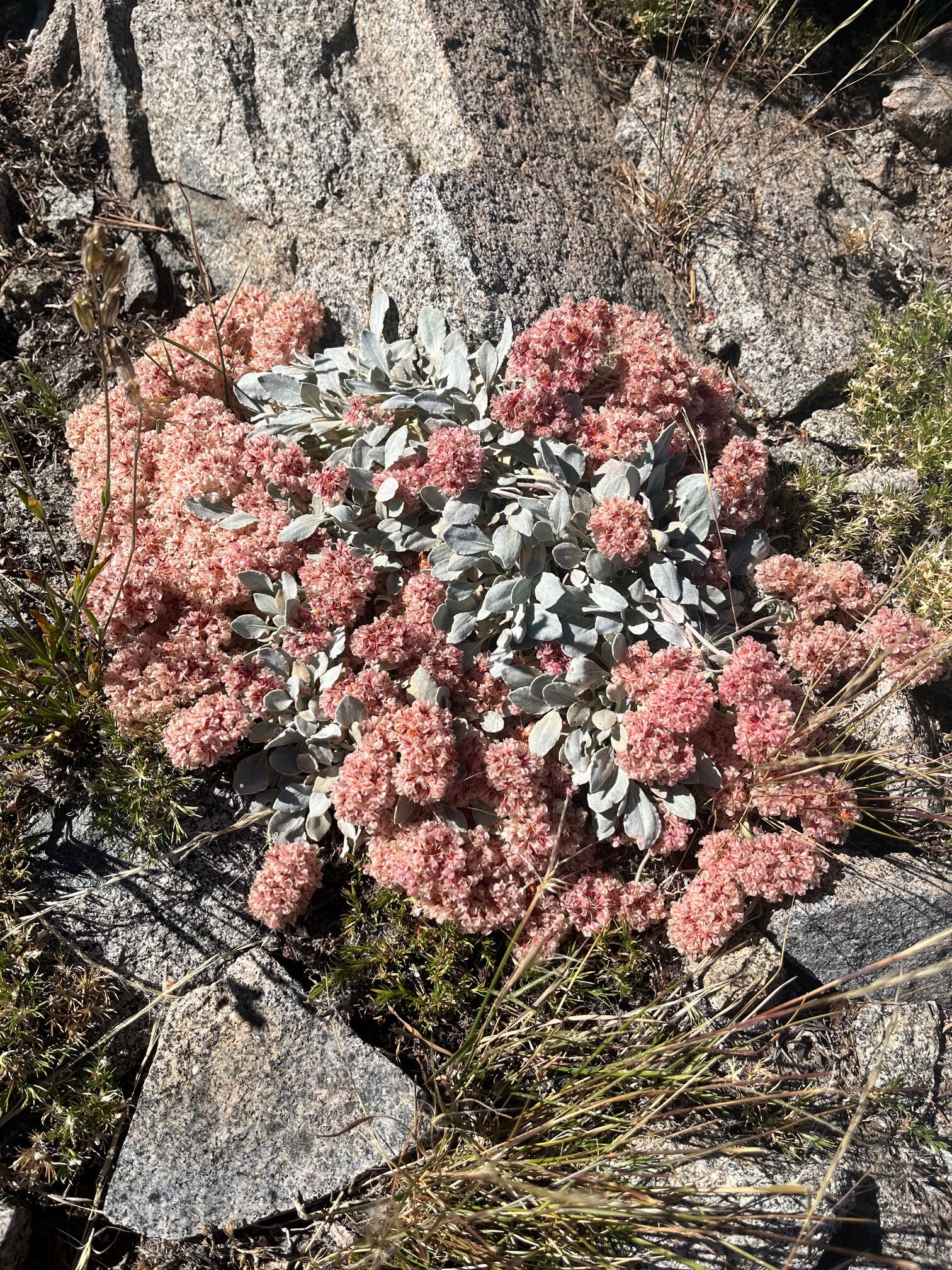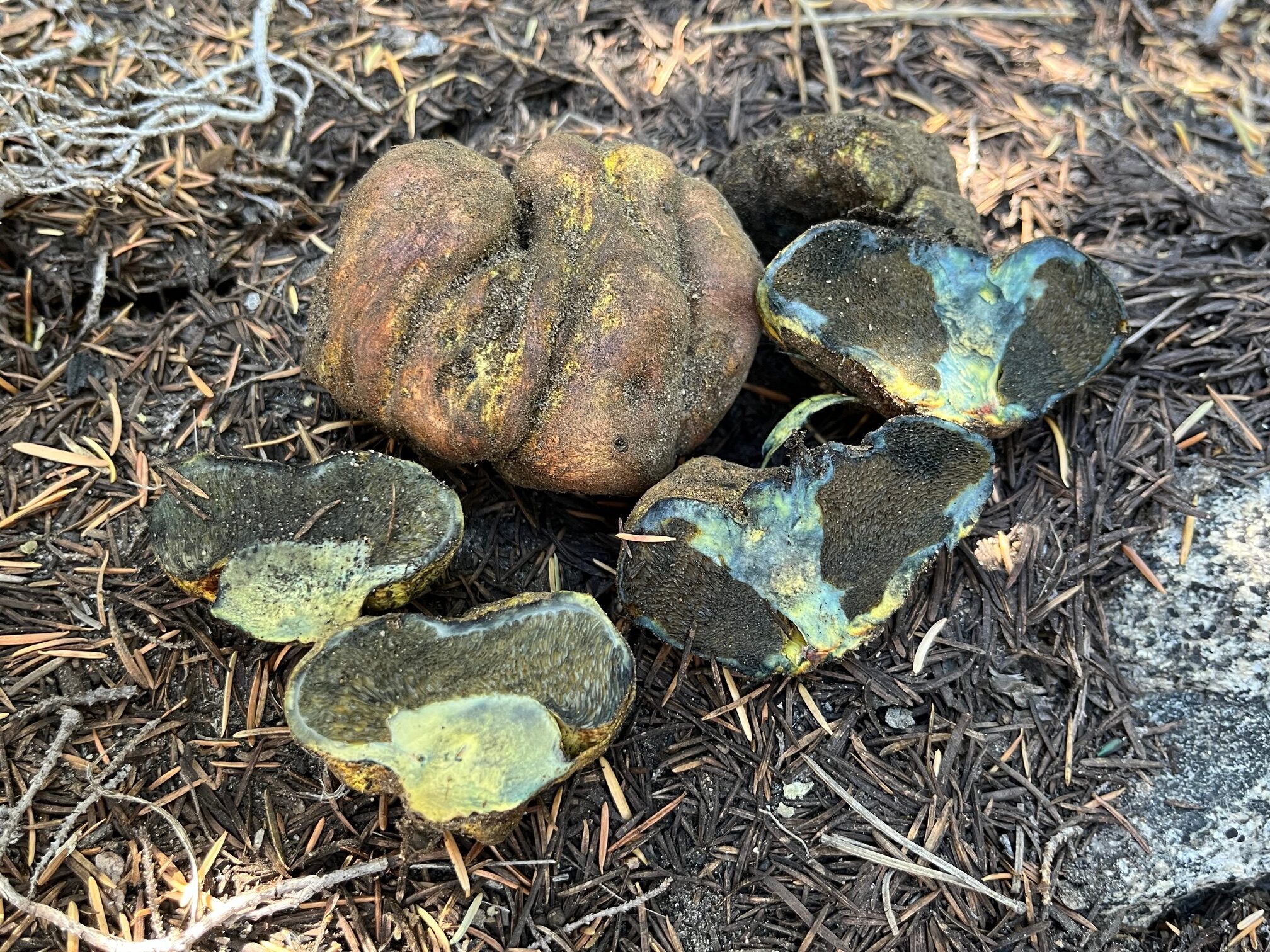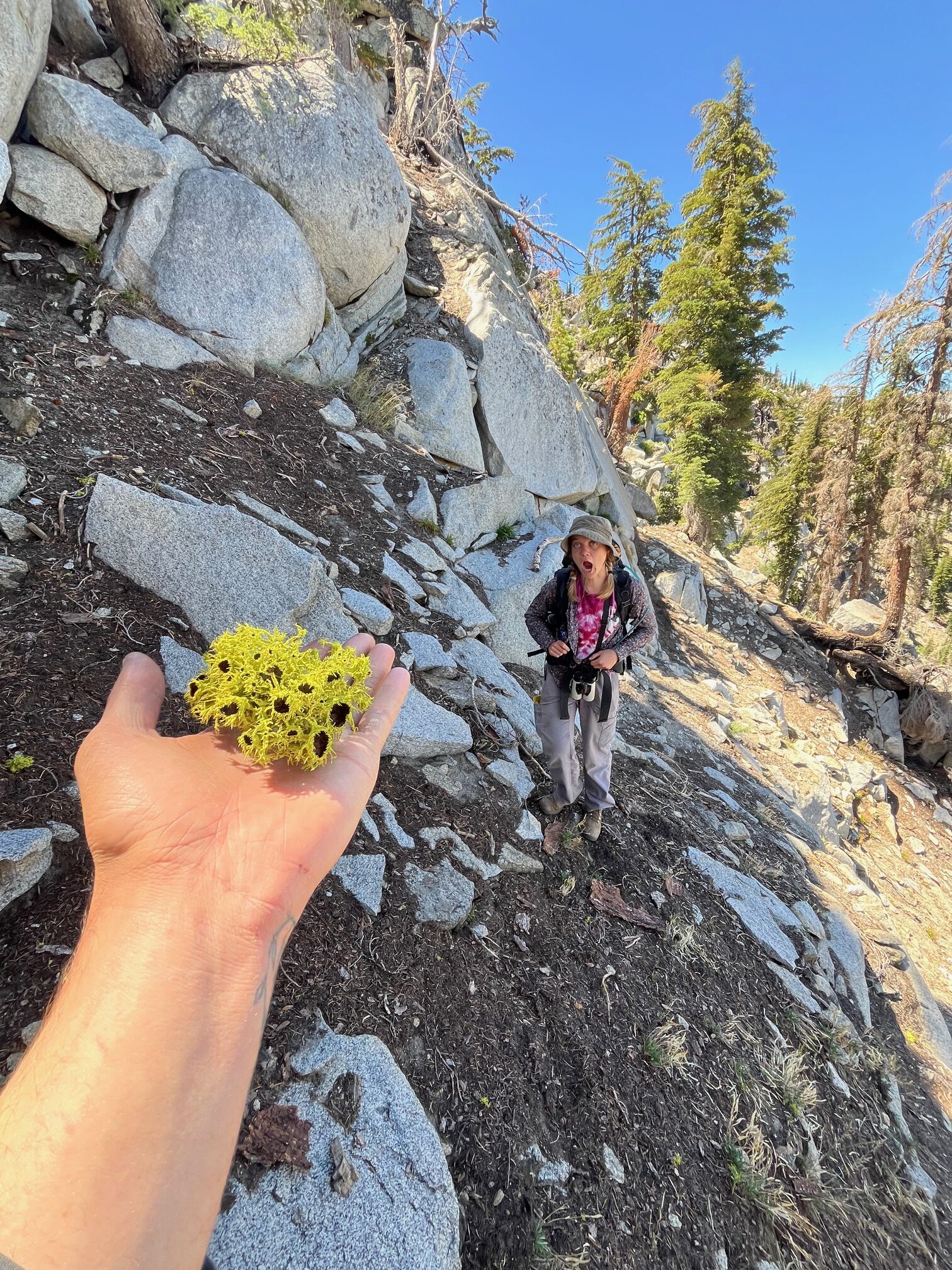This month brought a fun change to the seed collecting routine. We were sent out on a three day backpacking mission to check in on a rare endemic, the Cup Lake Draba!
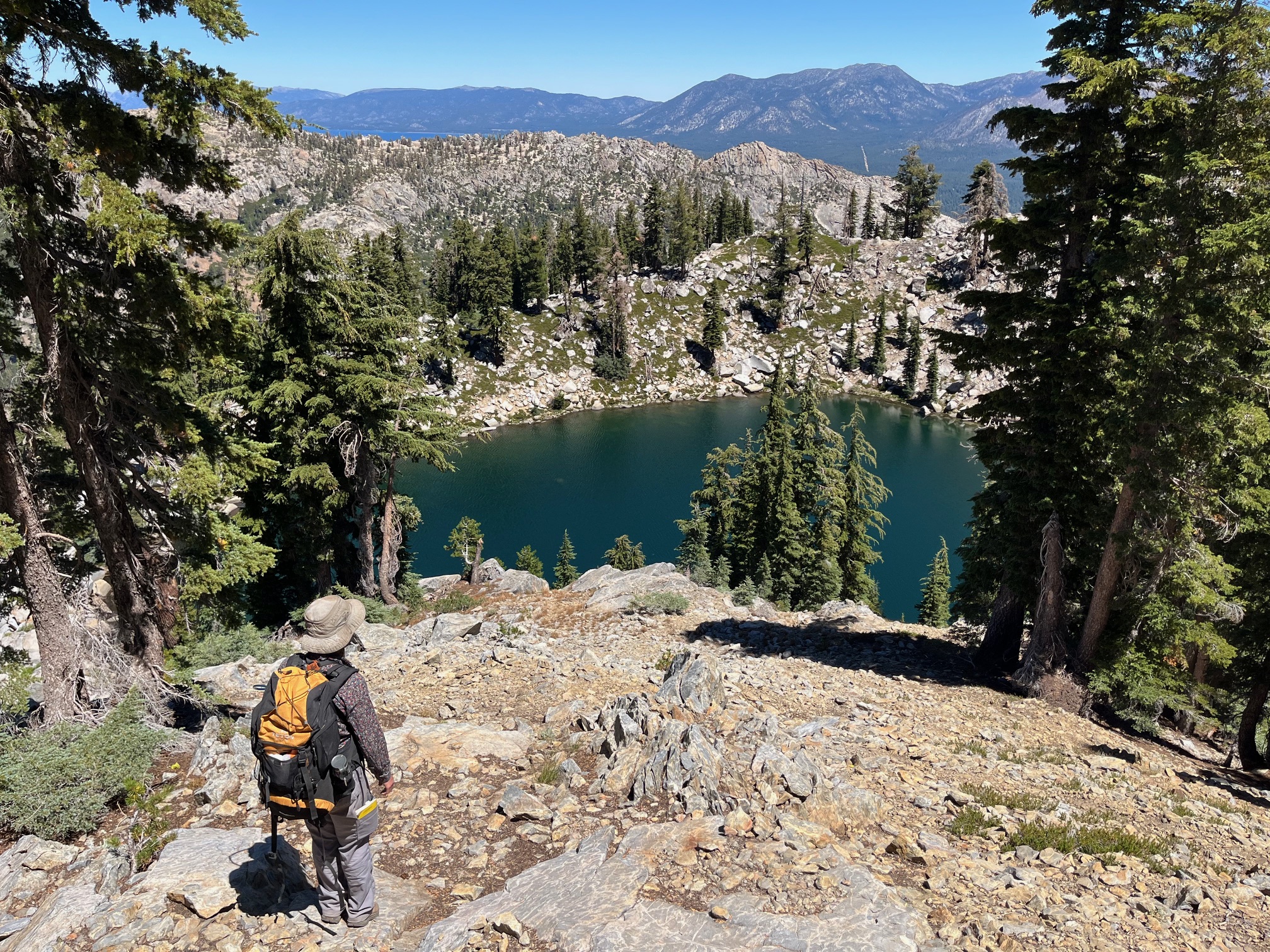
Draba asterophora var. macrocarpa only grows between two small, granite-lined lakes in the Desolation Wilderness. The terrain is rugged and difficult to access. Whitebark pine and gnarled hemlocks hug windswept ridges and a diversity of alpine flowers cling to granite cracks. On the north facing aspect of this ridgeline is where the Cup Lake Draba makes its living.
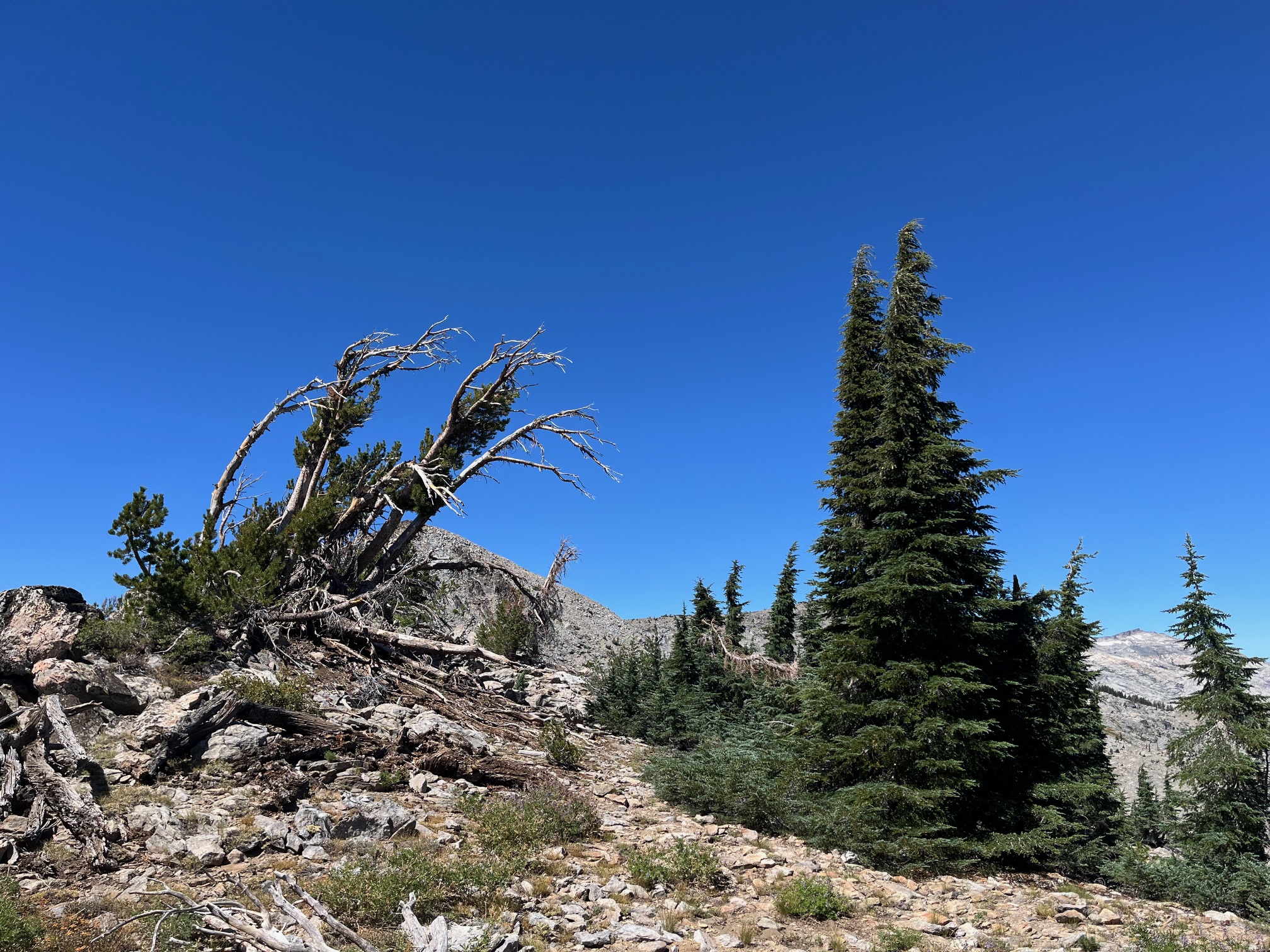

We began our trip by stuffing as much gear as we could fit into our packs. Tents, sleeping bags and pads, food and stoves, as well as many non essentials such as cameras, moth lights, binoculars, bug nets and UV flashlights. We’re a group of nerds, what can we say!
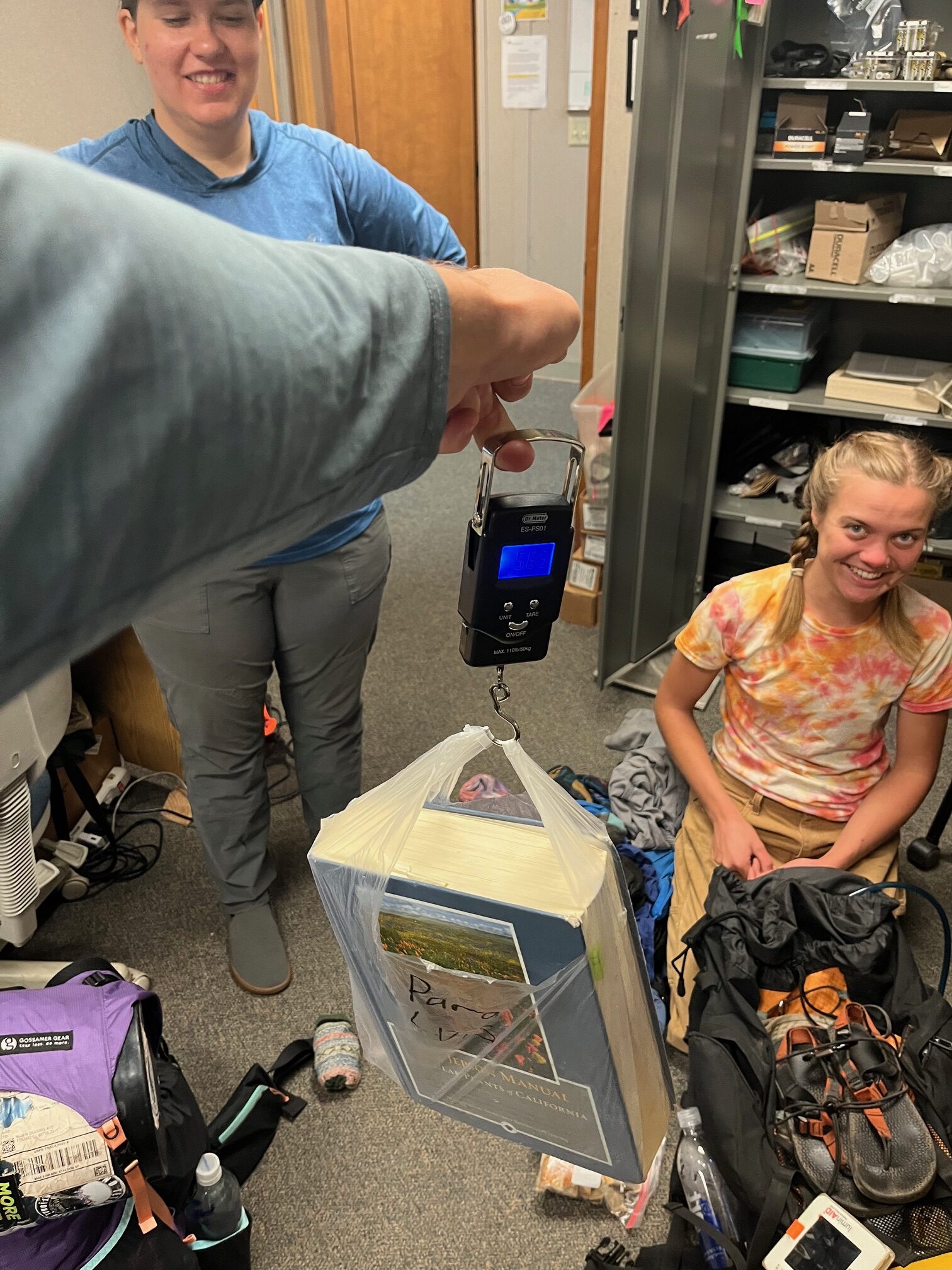

With our absurdly heavy loads, we began up the 2,500 ft climb; taking it slow and observing the wildlife and plants along the way. As we reached the summit and entered the whitebark pine zone, we were greeted by an exploratory pika, great views of Lake Tahoe, and a very surprised family of sooty grouse.

Cup lake is a tiny body of water situated in a deep granite bowl. The water is cold, and there are several alpine plants who live along its edges. Before setting up camp, we hiked down to the lake and did a preliminary search for the Draba. It was easy to locate the historical polygons, but sadly there were no flowers present.

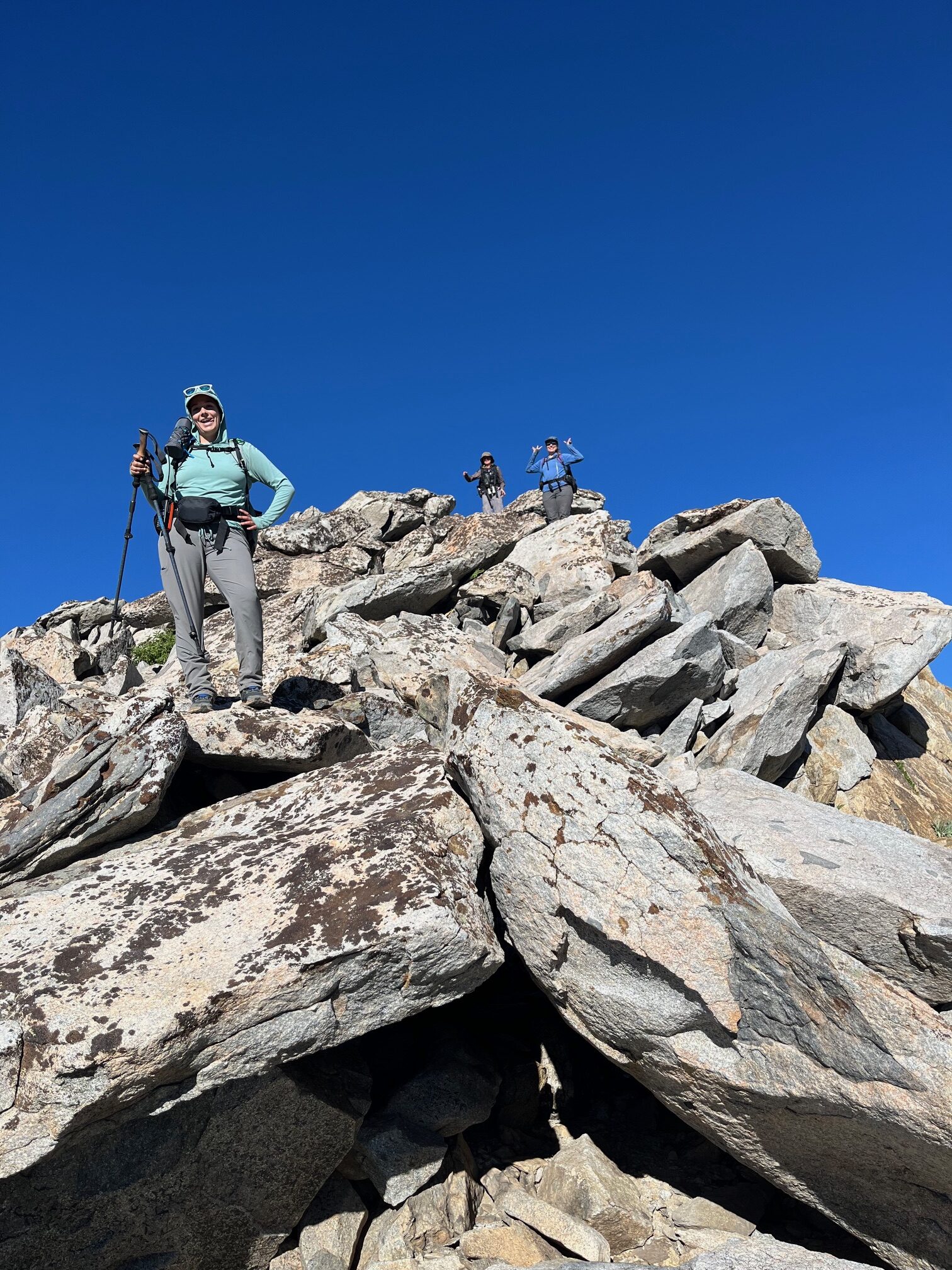
The next day we split off into two groups. Beth and Allie stayed to remap and survey the main lakeside population, while Tori and I hiked along the ridge to map out a series of populations that hadn’t been visited since the early 2000s.
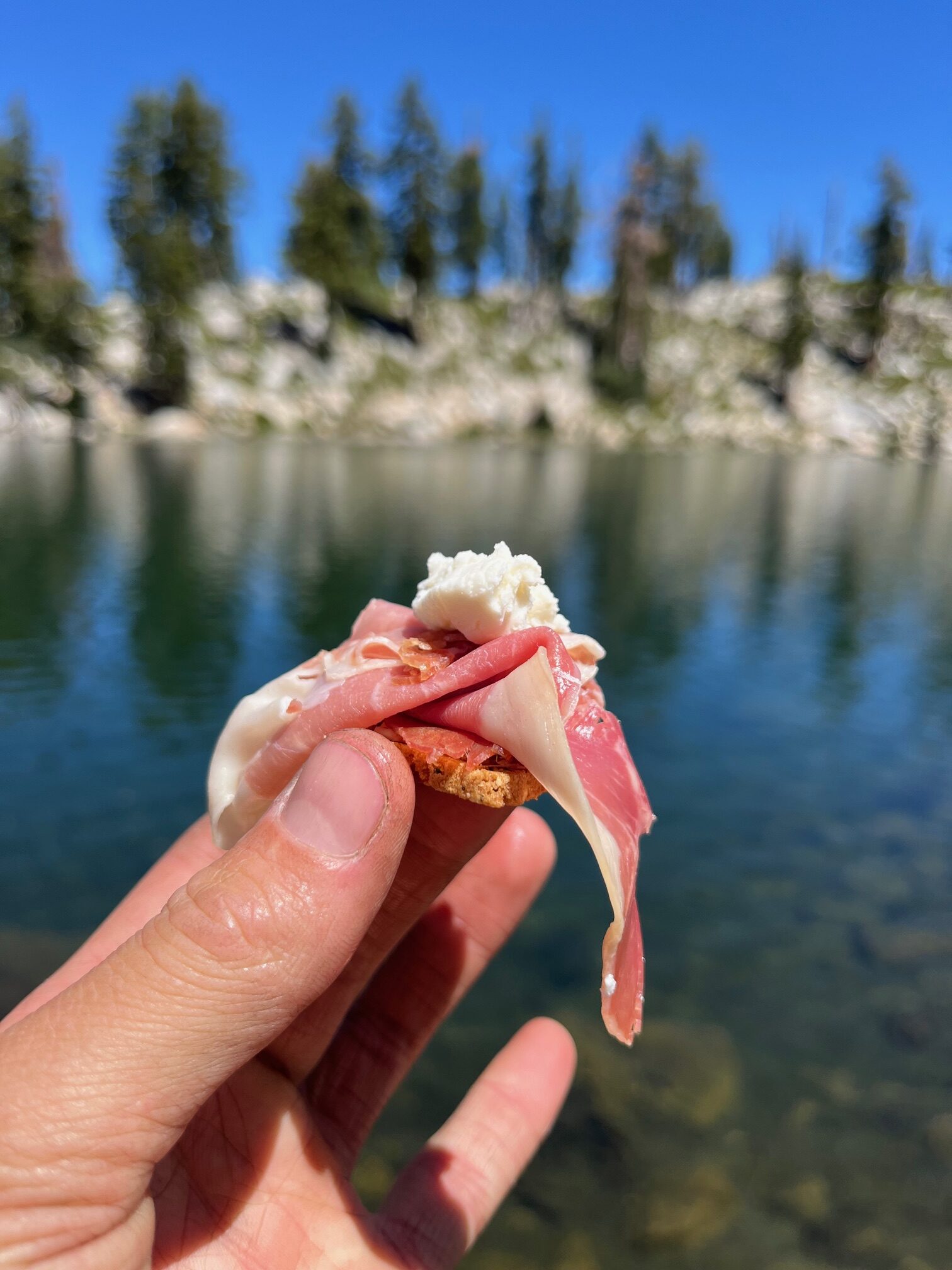
As we moved along the ridge we began to get a feel for the Draba’s habitat preference. We only encountered it on the north side in slightly sheltered areas. It seemed to thrive in decomposed granite surrounded by bigger boulders and protected from the elements. We were excited to find thousands of plants thriving in these unforgiving conditions. We even found a handful in full flower! If conditions allow, we will be revisiting these populations to make conservation seed collections from this rare plant.
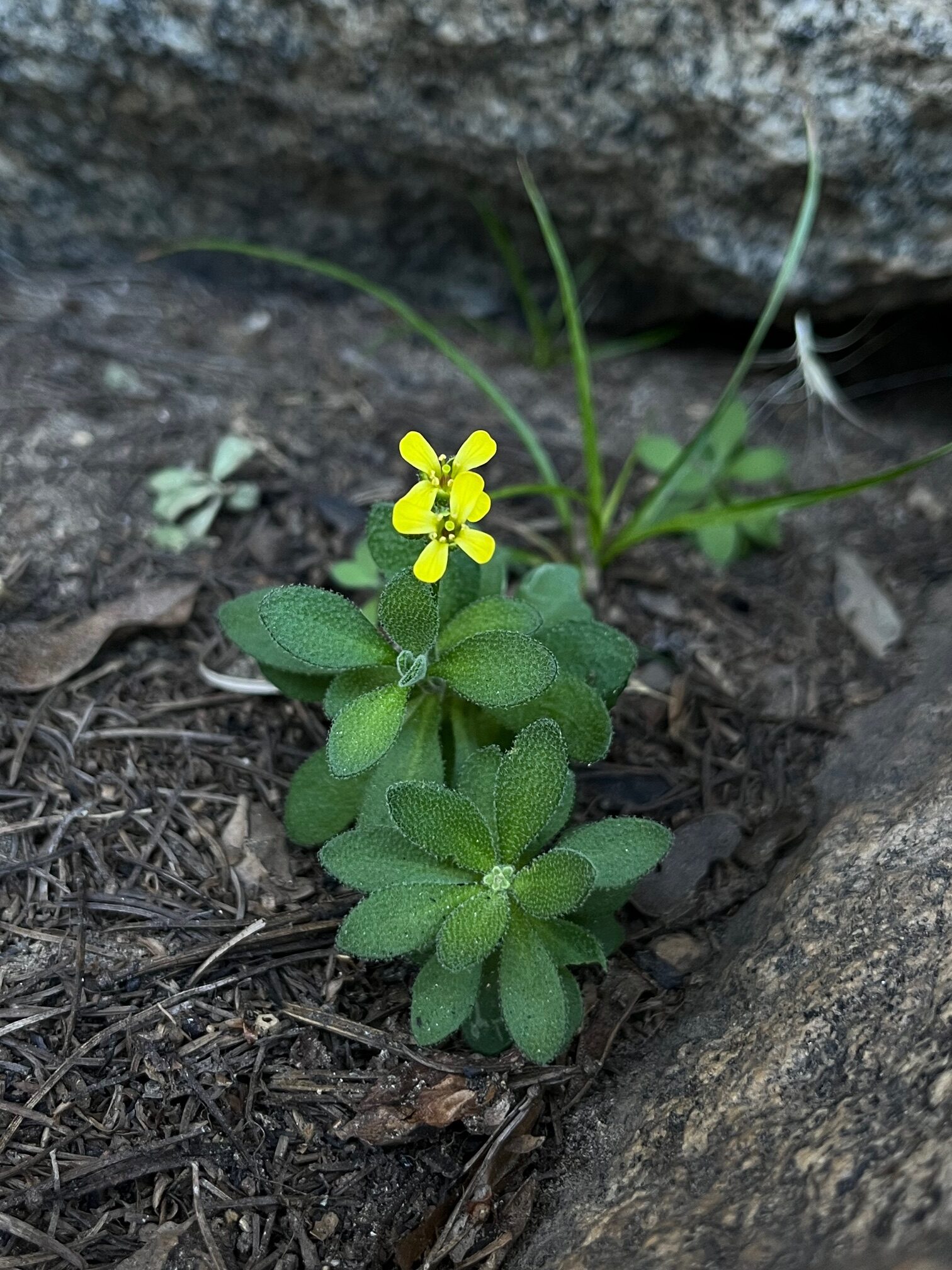
Overall, the trip was a great success! We have another backpacking trip to the wilderness coming up to survey for whitebark pine, and I’m excited to get back out there. The season of flowers is coming to a close, and it’s nice to get up high and catch the alpine ones before fall comes.

